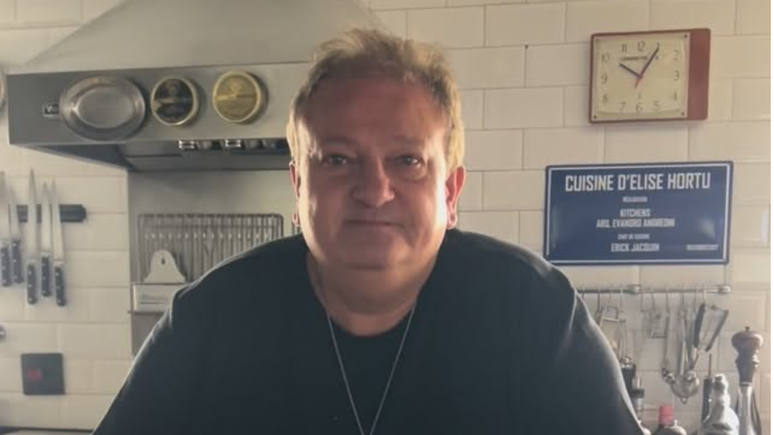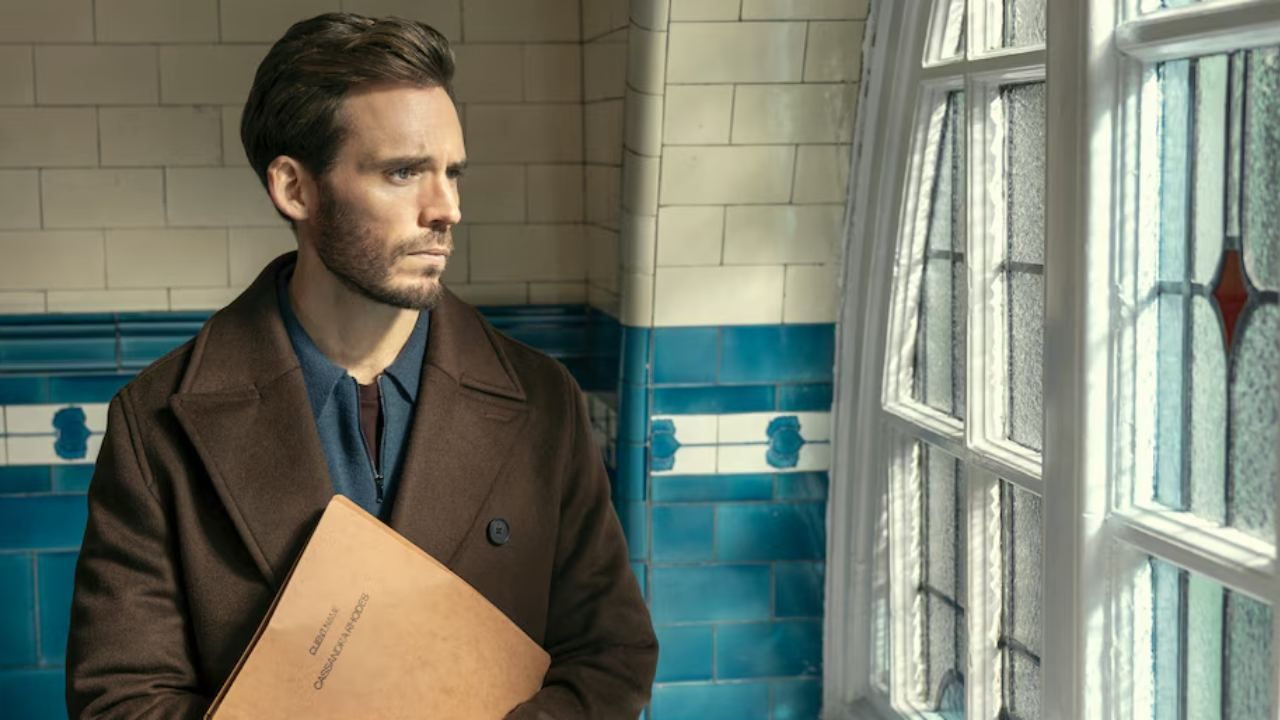From green ketchup to Colgate lasagna, these ideas were never meant to get off the ground.
Anyone who sees the millionaire numbers of the food market does not know that it also hides many stories of failure. And many of them are at the Museum of Failure, a traveling exhibit running through May 9 in Industry City, located in Brooklyn, New York, USA.
In the traveling museum, visitors learn about several products that have been a total bust. The food section, on the other hand, is the one that most attracted the attention of the visiting public.
“What I really like about the food industry is that they have a strong evolutionary approach. They test everything to see what works,” Samuel West, curator of the Museum of Failure, said in an interview with CNBC does it. “If we don’t accept failures, we’ll never have the really good stuff.”
Discover the 5 food industry fiascos that most attract the attention of the public at the museum.
1. Heinz EZ Sketch Ketchup
At the turn of the century, Heinz decided that things needed to change. The condiment company decided to innovate by making ketchup purple, green, and various other colors. The brightly colored ketchup has been advertised to children in commercials, emphasizing the fact that the packaging allows them to “dip into” the food.
While the product had some initial success, it was eventually dropped in 2006 as customers reverted to their traditional red ketchup.

2. McDonald’s Deluxe bow
In the mid-1990s, McDonald’s sought to dethrone the Big Mac and expand its customer base with a new item. The fast-food chain spent about $200 million developing and marketing Arch Deluxe: a 4-ounce beef patty on a potato bun, topped with bacon, lettuce, tomato, cheese, onion, ketchup and mustard sauce.
The problem? Nobody liked it. Franchisees had a hard time doing this because they required new sauce, bread and dressing, which disrupted their operations. On the other hand, customers thought it was too expensive. It was removed from the menu in 2000.
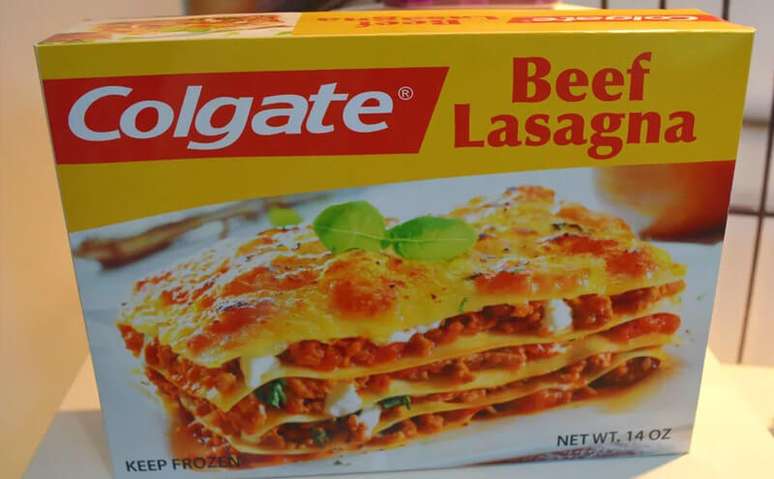
3. Colgate frozen foods
Putting the words “Lasagna” and “Colgate” together in a product name doesn’t work. It just doesn’t work. nSo it’s no surprise that the 1980s dental care brand’s line of frozen foods is now on the menu at the Museum of Failure.
The thing is, Colgate should have stuck with its oral care products. The dental care brand made a brief foray into food, introducing a frozen lasagna with a TV marketing campaign in the 1980s.
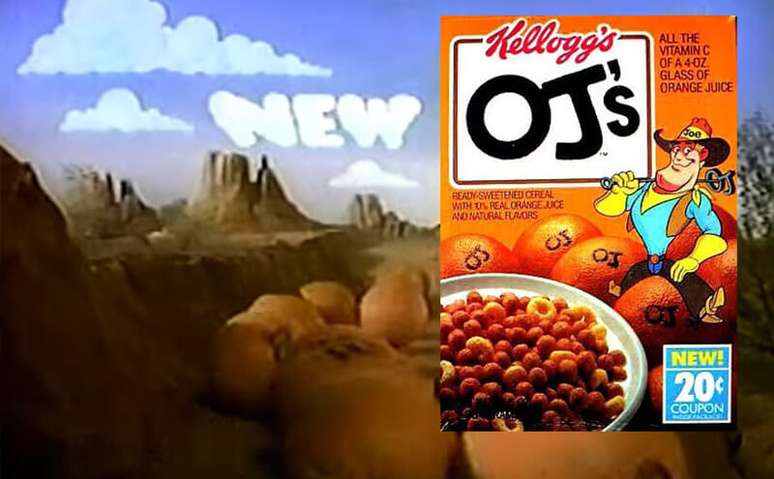
4. Kellogg’s Orange Juice Flavored Cereal
Kellogg’s introduced OJ’s in 1985, advertising the cereal’s “natural flavors” and how it had “all the vitamin C in a four-ounce glass of orange juice.”
“When I saw this, I immediately thought it was almost disgusting,” Samuel West told CNBC Make It. “Orange juice and milk? It just doesn’t go together.
Customers agreed, and Kellogg’s discontinued the cereal a year later.
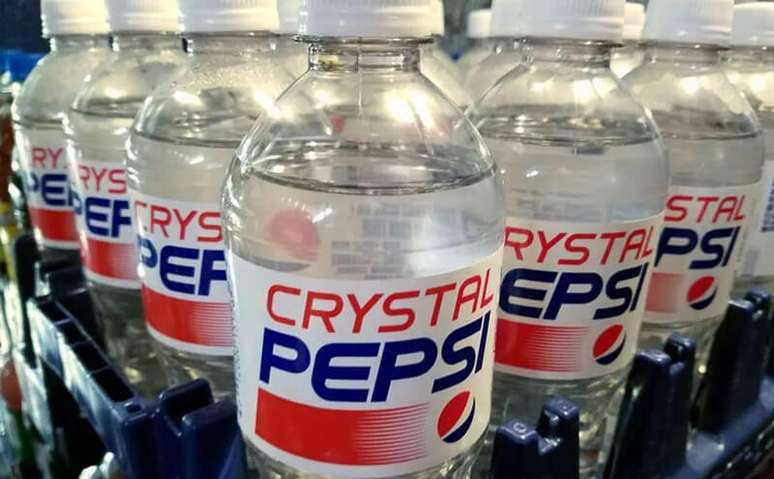
5. Crystal Pepsi
In 1992, Pepsi was convinced that what consumers wanted was a clear, caffeine-free version of its iconic soft drink. But Crystal Pepsi didn’t last two years before it was pulled from shelves.
In an interview with Thrillist, the former Pepsi marketing executive who came up with the idea called it “probably the best idea I’ve ever had — and the worst executed.”
HOMEWORK inspires transformation in the world of work, in business, in society. It is creation ofCOMPASS
content and connection agency.
Source: Terra
Ben Stock is a lifestyle journalist and author at Gossipify. He writes about topics such as health, wellness, travel, food and home decor. He provides practical advice and inspiration to improve well-being, keeps readers up to date with latest lifestyle news and trends, known for his engaging writing style, in-depth analysis and unique perspectives.


